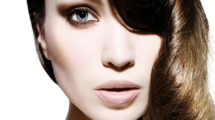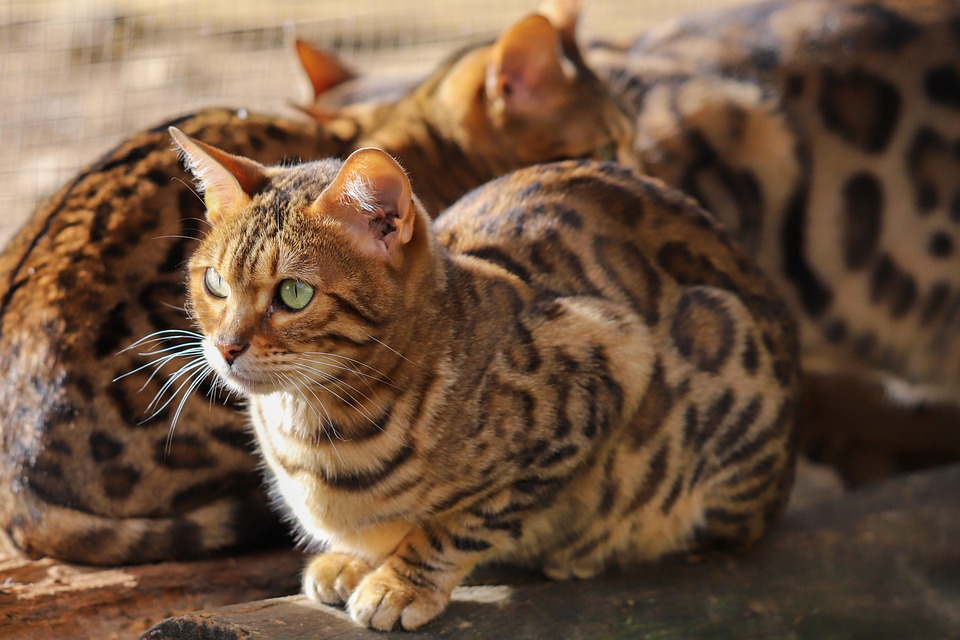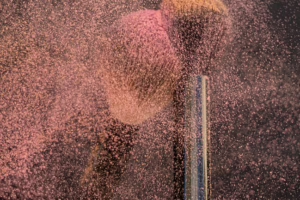Beauty and the Beast: Exploring Themes of Love and Redemption
Introduction
"Beauty and the Beast" is more than just a fairy tale; it is a story rich with themes of love, redemption, and transformation. Originating from the folk tales of France, particularly the version penned by Gabrielle-Suzanne Barbot de Villeneuve and later abridged and rewritten by Jeanne-Marie Leprince de Beaumont, the narrative has transcended its origins to become a universal tale that resonates across cultures. The tale revolves around Beauty, a virtuous young woman, and the Beast, a prince transformed into a monstrous figure due to his arrogance and lack of compassion. As we delve into the various themes present in this timeless tale, we shall uncover how love acts as a catalyst for redemption, challenging societal norms and presenting a multifaceted understanding of beauty and humanity.
Love as a Transformative Force
At the heart of "Beauty and the Beast" is the theme of love, particularly how it can transform individuals’ lives. Initially, the Beast embodies the classic trope of a monstrous figure, neglecting his humanity due to his past mistakes. His transformation into a beast serves as a metaphor for the consequences of a lack of empathy; he is condemned to remain in this form until he learns to love and be loved in return.
Beauty, on the other hand, is portrayed as selfless and compassionate. When she offers herself as a prisoner in place of her father, she willingly sacrifices her freedom for the sake of familial love. This act immediately sets her apart from the self-centered nature of the Beast. The developing bond between Beauty and the Beast demonstrates that love requires patience, understanding, and the ability to see beyond external appearances.
The Evolution of Relationships
The evolution of Beauty and the Beast’s relationship is a testament to the transformative power of love. Initially, there is animosity and fear. Beauty is repulsed by the Beast’s looks and temperament, and the Beast is embittered by his curse. However, as the story progresses, they begin to see each other as more than just surface-level impressions.
Beauty’s kindness and understanding begin to chip away at the Beast’s hardened exterior. Moments of vulnerability emerge, such as when Beauty discovers the Beast’s love for her and his struggle with his loneliness. This mutual unveiling leads to a deeper connection, revealing the importance of empathy in love relationships.
The classic line, “Take it with you. It will be a reminder that you are loved,” illustrates this gradual evolution. It signifies that true love transcends the superficial and recognizes the inherent worth of the individual. In the end, it is love that redeems the Beast, breaking the spell that binds him.
Love vs. Obsession
While exploring the theme of love, the narrative also touches upon the darker side—obsession. Gaston, the story’s antagonist, represents a more toxic form of love. His infatuation with Beauty is rooted in his ego and desire for possession rather than genuine affection. Gaston’s view of Beauty as an object to be won contrasts starkly with the Beast’s gradually growing respect for Beauty as an equal partner.
Gaston’s relentless pursuit and violent tendencies serve as a cautionary tableau, illustrating that obsession can lead to destruction. Unlike the love shared between Beauty and the Beast, Gaston’s obsession is possessive and ultimately futile. His refusal to accept Beauty’s autonomy pushes her further away, only emphasizing the differences between true love and obsession.
Redemption Through Self-Discovery
Another significant theme in "Beauty and the Beast" is redemption. Both main characters experience a journey of self-discovery that leads them to understand themselves and each other better. The Beast’s transformation is not just literal but metaphorical, encapsulating the idea that redemption is achievable through self-reflection and genuine remorse.
The Beast’s Journey
Initially, the Beast embodies the consequences of selfishness and arrogance. However, his path toward redemption begins with his first interactions with Beauty. The moments he shares with her, filled with compassion and vulnerability, unravel his long-buried feelings of empathy. The pivotal scene where he saves Beauty from the wolves exemplifies this change. It is an act of courage and consideration for someone other than himself.
His journey illustrates that self-worth is often found in recognizing and addressing one’s flaws. The Beast’s efforts to understand Beauty and ultimately sacrifice his own desires for her happiness signal his growth. When he releases her, it is not a sign of defeat but an act of love—that let’s Beauty choose her own destiny even if it risks losing her.
Beauty’s Growth
Beauty also undergoes a journey of self-discovery, navigating societal expectations and her perceived notions of love. Initially viewed as a mere object of admiration in her village, she evolves into a woman of substance—someone who values integrity over societal approval. Her character challenges the norms that dictate women’s roles during the time the story was written. Rather than conforming to the expectations set by Gaston and others, she chooses to define her path.
Through her interactions with the Beast, she learns what it means to look beyond the exterior. The metamorphosis of both characters serves as an embodiment of the belief that true beauty resides within. Beauty’s love for the Beast is an act of conscious choice, representing the decision to see beyond superficial appearances and societal pressures.
The Role of Society
The societal context within which "Beauty and the Beast" is set plays a crucial role in shaping its themes. The villagers, representing societal norms, project their narrow views about beauty and worth. They embody a judgmental perspective that often overlooks individuality and depth. Characters like Gaston epitomize this societal conditioning, using their power of charm and physical prowess to manipulate others.
Reality vs. Perception
The contrast between societal beauty standards and true beauty is especially evident. Gaston is celebrated for his looks and charm, while the Beast is shunned due to his exterior. This highlights a key discourse regarding external validation versus intrinsic worth. The villagers’ superficial judgments prevent them from seeing the true character of both the Beast and Beauty.
As the narrative unfolds, the transformation of the Beast serves as a critique of these societal standards. His eventual return to humanity is a rebellion against the narrow definitions of beauty upheld by those around him. The story ultimately suggests that love can challenge and redefine societal norms.
Feminist Interpretations
The character of Beauty, particularly in the context of her relationship with the Beast, prompts discussions on feminism and autonomy. Instead of being merely a damsel in distress, Beauty demonstrates agency by making her own choices—whether in deciding to sacrifice her freedom or in her growing love for the Beast.
Interpretations of the story underscore the importance of mutual respect in relationships. Beauty’s refusal to be a passive participant emphasizes her strength of character, asserting her independence while nurturing love. Through her rejection of Gaston’s advances and ultimately embracing the Beast, Beauty enforces her autonomy—arguably a radical assertion for its time.
Conclusion: The Enduring Legacy
"Beauty and the Beast" continues to resonate because it encapsulates universal themes that transcend time and culture. The portrayal of love as a transformative force, the journey of redemption through self-discovery, and the critique of societal norms present a rich narrative that remains relevant. The enduring message that beauty is found within, coupled with the affirmation of personal agency in love, allows "Beauty and the Beast" to maintain its stance as not just a fairy tale but a profound exploration of human nature.
As society evolves, so too does the interpretation of this tale. The character dynamics invite readers to reflect on their perceptions of love, beauty, and autonomy. Ultimately, "Beauty and the Beast" serves as a reminder that beneath the surface, everyone carries the potential for change, growth, and love—if only one is willing to see beyond the exterior and embrace the power of transformation.
Notes
- Villeneuve, G.-S. B. de, & Leprince de Beaumont, J.-M. (1740/1756). Beauty and the Beast (modern footnote source).
- Gyllenhaal, A. (2016). The Enduring Legacy of Beauty and the Beast. Journal of Modern Folklore.
- Smith, J. (2018). Gender Dynamics in Fairy Tales: Analyzing Beauty and the Beast. Journal of Gender Studies.
In writing this article, we must remember that "Beauty and the Beast" echoes the importance of comprehensive engagement with literature and its themes, pushing us to reassess our approaches to love, redemption, and societal expectations in our own lives.


























Add Comment